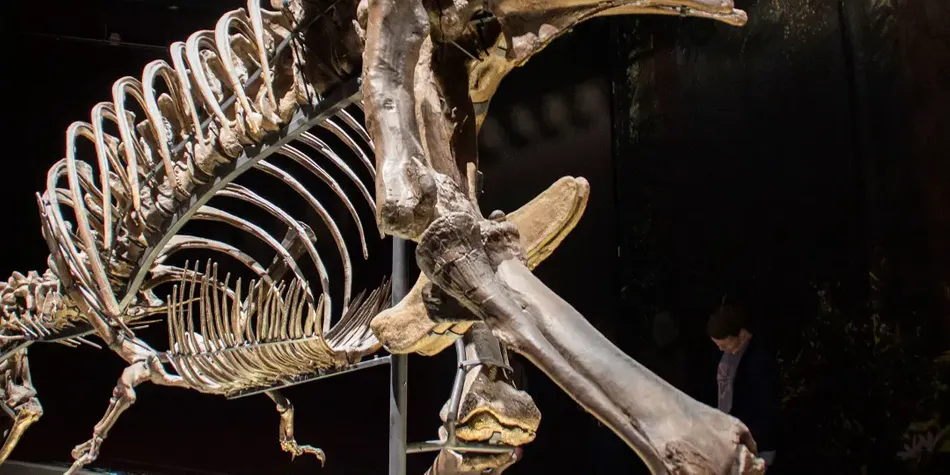Preserving History: Through the Medium of 3D-Scanning
When in it comes to preserving cultural heritage, we must ensure we do not lose it in the sands of time.
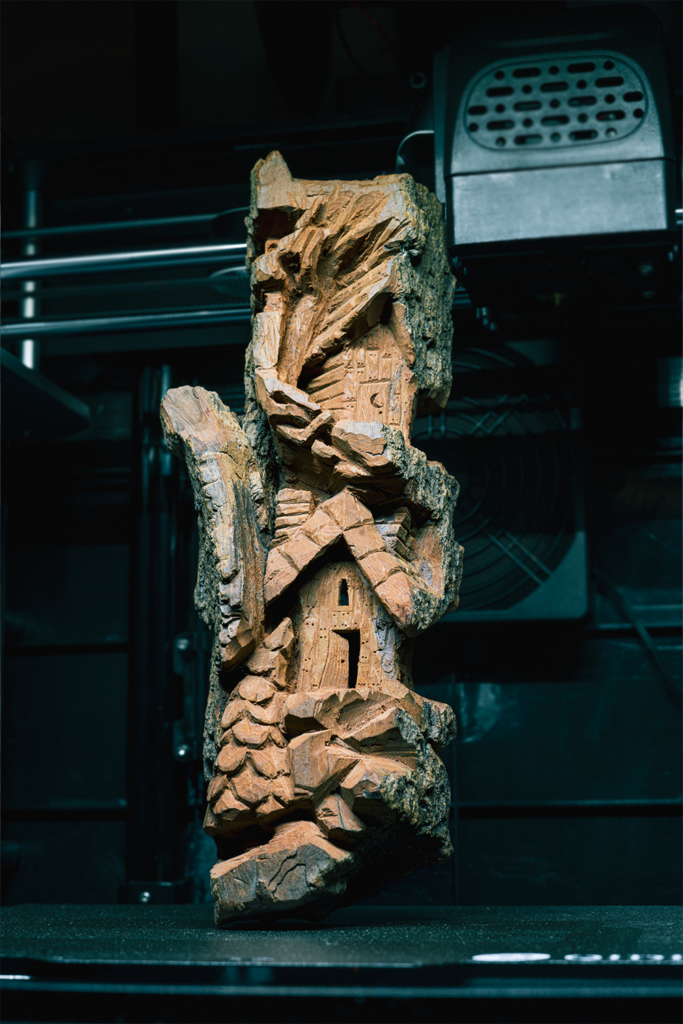
3D scanning technology is a powerful tool for cultural preservation and can be utilized by anthropology departments to create an extensive digital database of cultural artifacts. This database can be accessed by researchers, students, and anyone interested in learning about cultural practices, serving as a valuable resource for the preservation and study of cultural heritage. Furthermore, 3D models can be used to create interactive exhibits in museums, providing visitors with a new and exciting way to view and engage with cultural artifacts.
This wooden carving depicted is what we will use to demonstrate how to use 3D scanning for cultural preservation and analyzation.
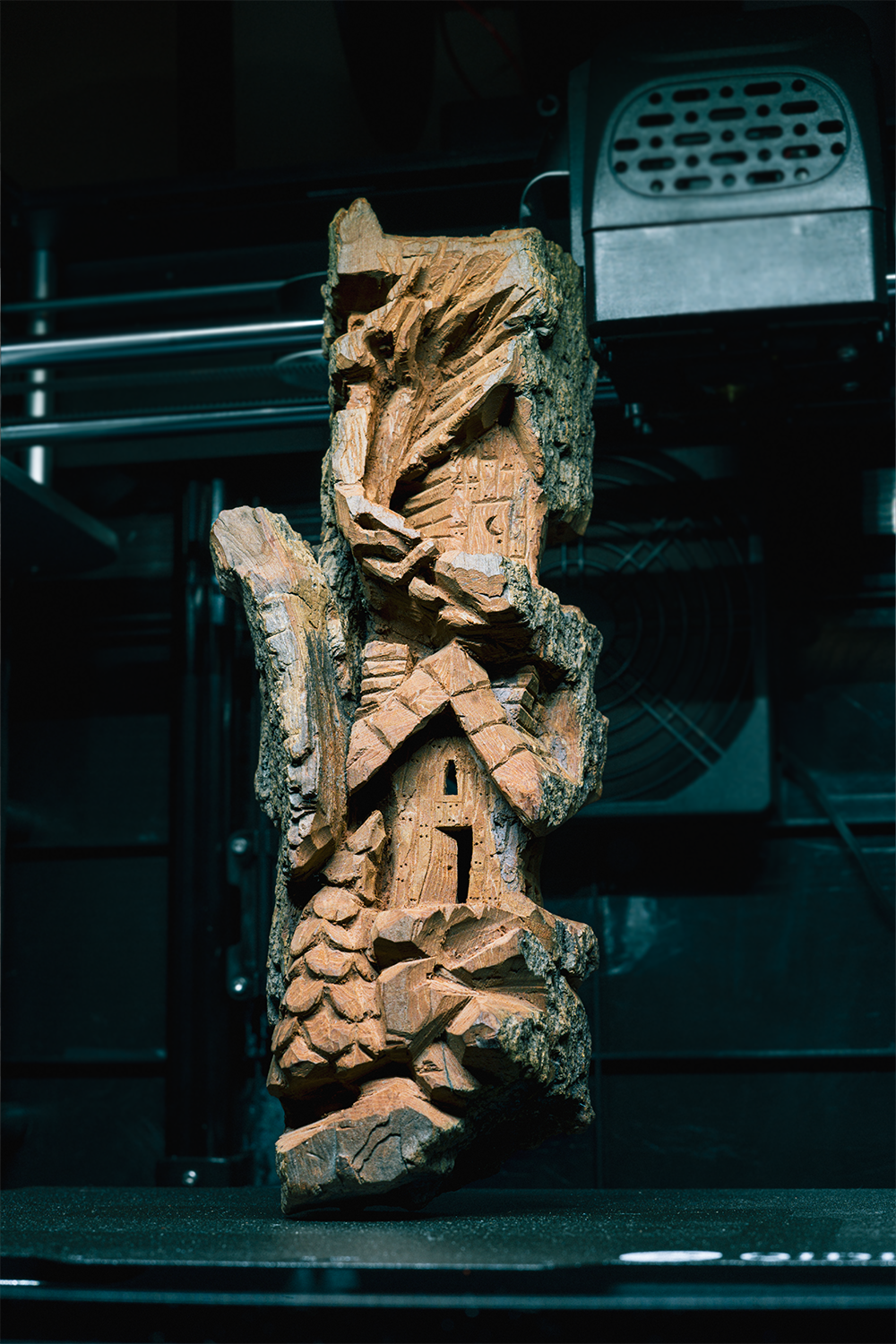
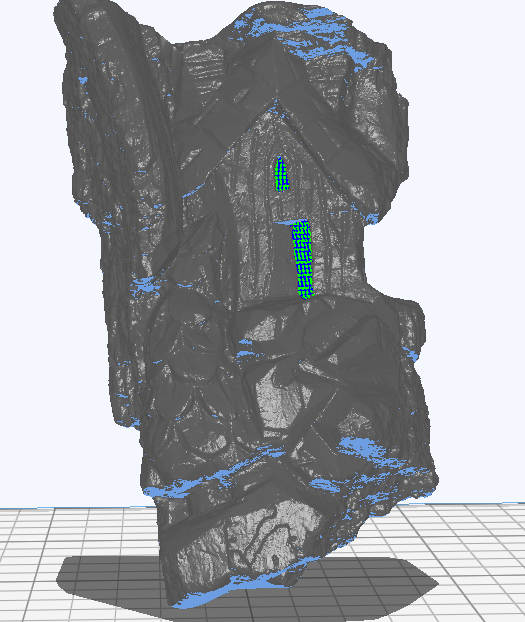
Decode Cultural Practice
In the analyzation of this model, we can decode and understand cultural practices, such as the techniques used to carve the wood and the materials used. This information can be used to engage in cultural preservation efforts.
The Environment
One can deduce that the person who created this could be cliff dwellers or a group known to build houses into the side of mountains, or are at least familiar with their existence.
Identifying Tools
Most likely they used a sharp and sturdy pin-like object to create the small holes across the object. As well as a beveled edge chisel to achieve the carvings shown in the piece.
Creating a Digital Database
Like this wooden carving, we can use the 3D models of artifacts generated from our scanner we can create a record of cultural heritage that can be easily accessed and studied. Having a cloud based center for 3D models can facilitate collaboration among researchers and experts from different fields. For example, archaeologists, anthropologists, and historians could work together to analyze the models and gain a more comprehensive understanding of the cultural practices they represent. The database could also be used to compare and contrast different cultural artifacts, allowing researchers to identify patterns and draw conclusions about the evolution of cultural practices over time.
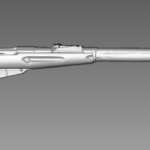
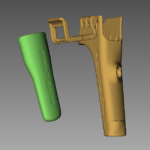
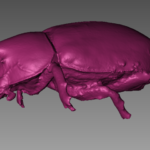
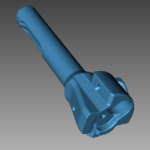
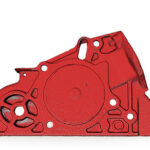
Museum Exhibits
Another use for 3D scanning technology is in museum exhibits. With 3D models, museums can create interactive exhibits that allow visitors to see cultural artifacts in new and exciting ways. For example, a 3D model of a statue can be displayed on a touchscreen, allowing visitors to rotate and zoom in on the statue to see details that might not be visible otherwise.
3D scanning technology is a powerful tool in cultural preservation efforts. By creating digital models of cultural artifacts, we can gain a better understanding of our cultural heritage and work to preserve it for future generations.
If you are interested and wish to get started scanning, please reach out we are more than happy to help! We are a Polyga3D Vendor and offer training on a wide array of 3D technology as well!
“Naturalis Biodiversity Center: Prehistoric Prints, Cutting-Edge Technology.” Wevolver, www.wevolver.com/article/naturalis-biodiversity-center-prehistoric-prints-cutting-edge-technology. Accessed 5 June 2023.
Share this post: on Twitter on Facebook

